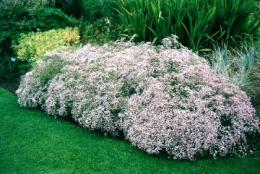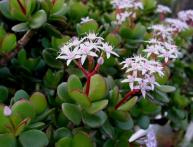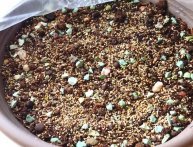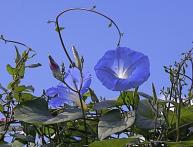Proper cultivation of perennial gypsophila

Light and airy, like a cloud, tender, graceful - these epithets refer to a very beautiful flowering plant - gypsophila. It serves as a real decoration for both the garden and, when cut, a bouquet with noble roses. Gypsophila seems very, very fragile, and therefore it seems that it is very difficult to grow, it is so airy, unearthly. but that's not true. Growing perennial gypsophila it's actually not that difficult. You just need to remember some nuances.
The very name of this interesting plant indicates what kind of soil it prefers, because gypso translated from Latin means lime, and philos means friend. But since such a beauty is not too whimsical, it grows successfully in any non-acidic soil. The only thing is that it would be good to feed the soil with humus before planting gypsophila. It is not recommended to fertilize gypsophila with manure.
Gypsophila loves water, so it must be watered regularly and abundantly, but do not allow stagnation of water. therefore, before planting this plant, it is necessary to consider the drainage of the area.
You can grow gypsophila for your site from seeds collected from a faded plant. These seeds are sown in prepared soil in April and early May. Also, if desired, you can sow gypsophila seeds in winter. When the plants grow a little, they can be replanted.Since gypsophila spreads well, it must be planted taking this into account: each plant is at a distance from the other so that there are no more than three plants per square meter. This plant quickly spreads over an accessible area, and therefore its growth should be controlled, otherwise gypsophila will be able to “clog” weaker plants.
You should not expect long-term abundant growth from gypsophila in the first year. She will reveal all her beauty only two or three years later. And just then it will become a magnificent decoration of your garden plot.
Good luck!








